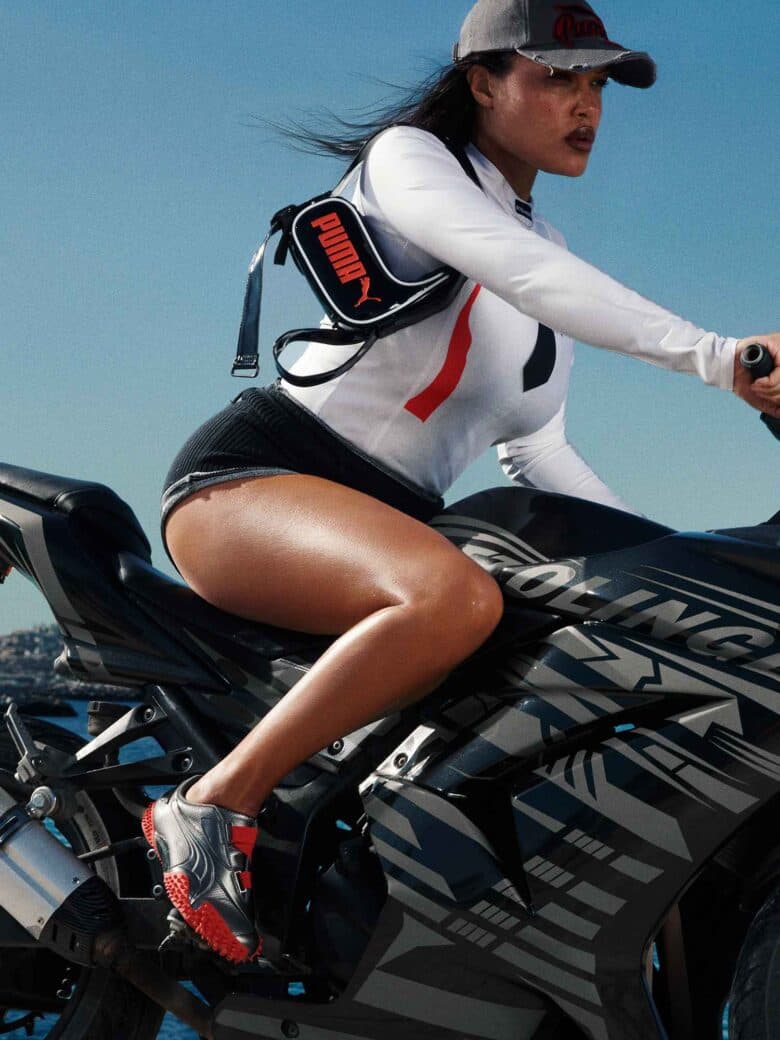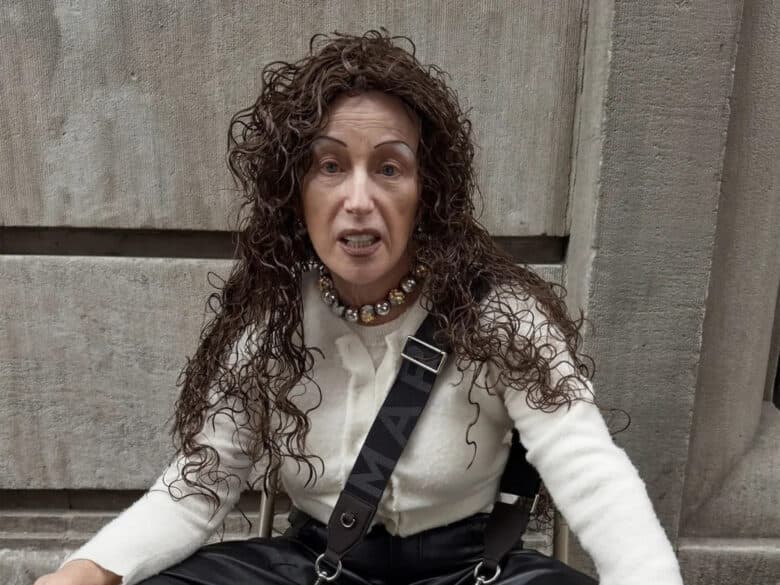Let Dorian Electra school you on the meaning of masculinity
Dorian Electra might be primarily known as a musical artist but they’re an educator first and foremost. Starting out with a series of videos for Refinery 29 unpacking the history of drag, the clitoris, vibrators and high heels, their music output recently culminated with Flamboyant; a debut album looking to chip away at the dominant paradigms of sexuality and gender with treatise-like tracks unpacking everything from toxic masculinity to the twin currents of homophobia and homoeroticism in Christian culture.
If their work sounds like a lot that’s because it is. Flitting between dance-pop and electro, each song off of Flamboyant is a crayola universe marrying vocal acrobatics, word-play and overblown production. However, song craft is just one aspect of a practice which also incorporates high-concept visuals, serving as vehicles for Dorian to parade an evolving assemblage of characters: from the club kid to the “Career Boy”.
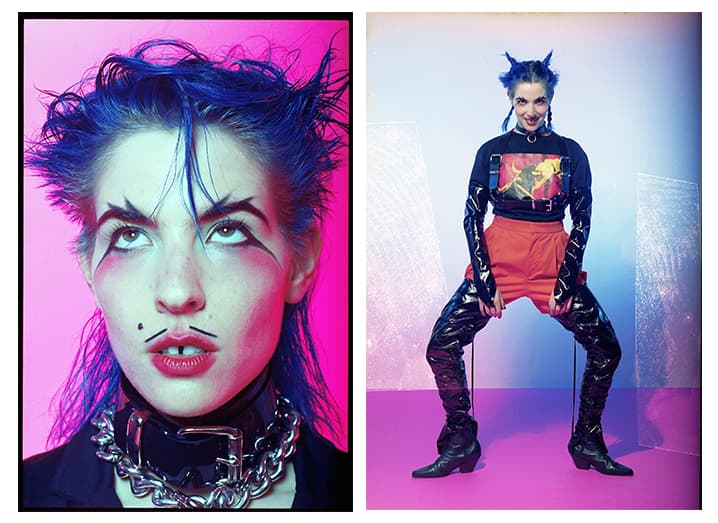
Dorian’s work is supported by an outspoken online audience of fans who follow — and comment on — the pop star’s every move on Twitter and Instagram. With their work predominantly consumed online, Dorian has always seemed like some kind of avant-garde avatar. It’s odd to hear them speaking over the phone, talking animatedly about their recent tour. However, it soon becomes clear that they’re not only very much human but that they’re as bright and overflowing with ideas as their URL persona suggests.
Like any DIY artist, Dorian is grateful to the Internet for the role it plays in platforming their music. However, as an LGBTI+ artist, they’re also aware of how this figures into queer culture becoming more accessible to all — particularly those out with large cities. “With the Internet so many queer people from disparate parts of the world can come together and feel a sense of community around the art and artists they love,” Dorian says. “That’s always been happening but it used to be in queer clubs, through DJs. Back then, it had to be experienced in person but with the internet queer art spreads so much faster and even the kids out in the middle of nowhere in Montana can access it.”
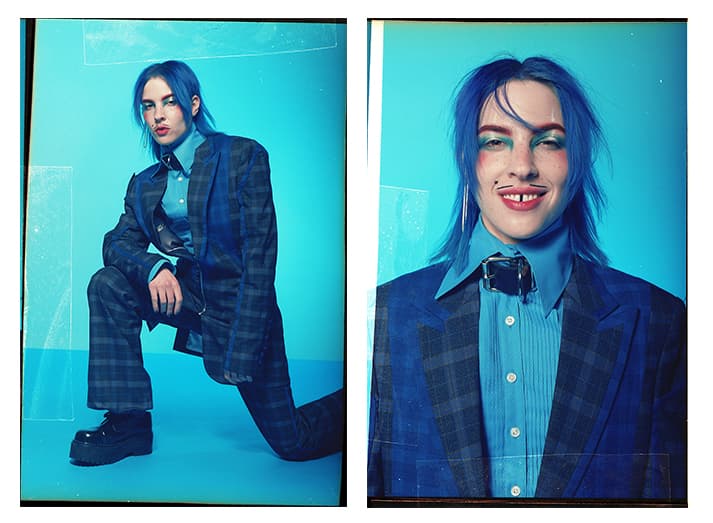
This shift from IRL to URL spaces not only makes queer culture more accessible in terms of geography but also opens it up to the young people too young to hang out in queer bars just yet. For younger generations streaming Dorian’s videos from their bedroom, the non-binary pop star can serve as an inspiration in their explorations of gender. “A lot of my fans are kids in high school or young college kids figuring out their identity,” Dorian says. “I usually want to cry, in a good way, after every meet and greet at each show. Fans come up to me, to tell me that I inspired them to come out as trans to their family, or that they started going on testosterone because of me.”
In part, Dorian appeals to an LGBTI+ audience because they can serve as a role model — but their work is also a lesson in what queerness looks like as an aesthetic. Dorian’s more-is-more creative outlook celebrates all of those deemed “too much” by cis-heteronormative standards, with hyper-visual aesthetics and synthetic production celebrating the excess and eccentricity often used to characterise and critique queer people. Music like this is non-conforming to its core, giving LGBTI+ people space to celebrate the parts of themselves that aren’t accepted by wider society or even within parts of the LGBTI+ community increasingly wrapped up in respectability politics. “There are people trying to enforce heteronormativity and cis social norms even within the queer community. It’s so socially ingrained in all of us in western society, some people struggle to let it go” Dorian explains. “I try to go against that and think ‘screw that — just do what you want to do.’”
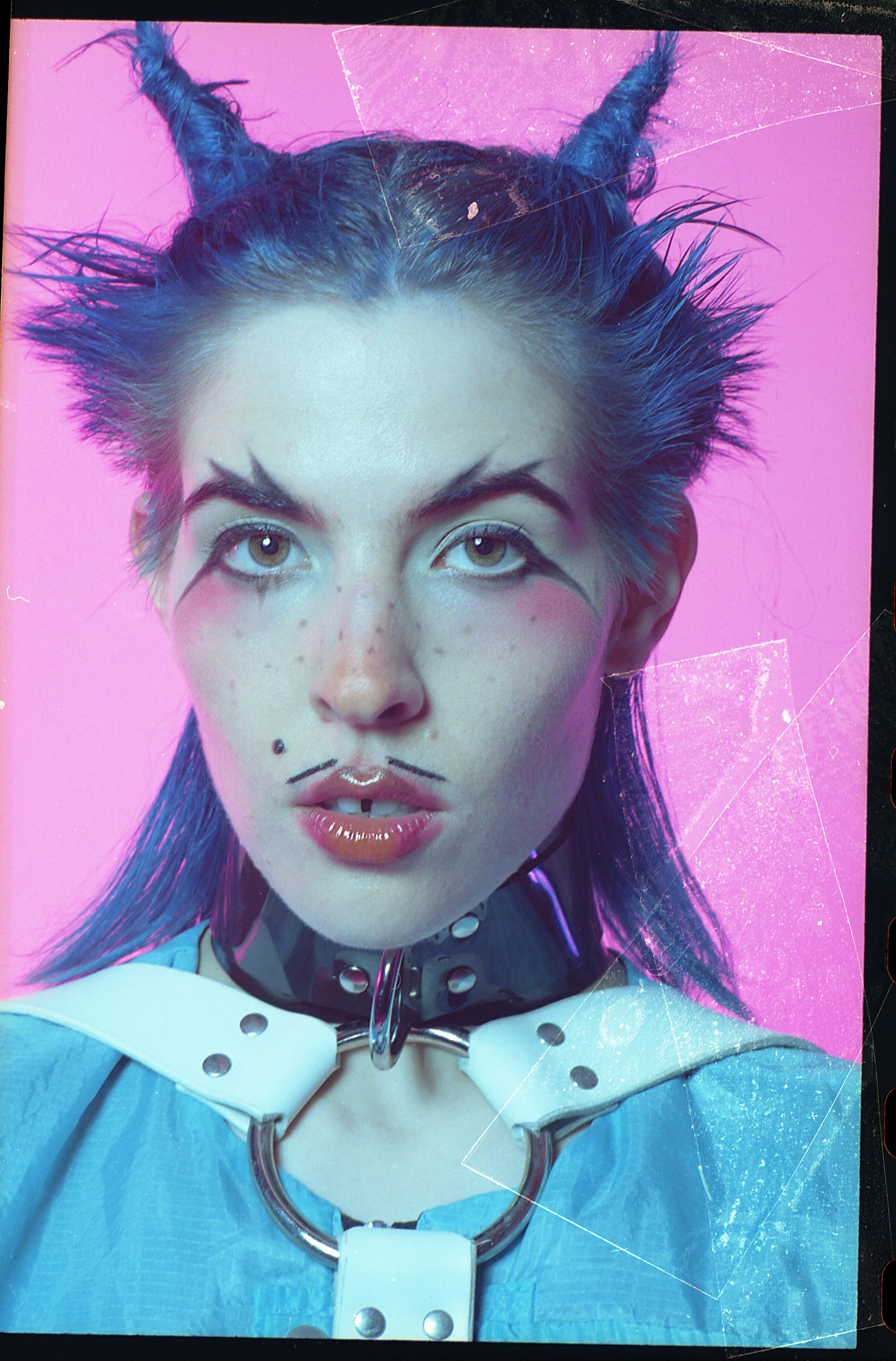
Largely due to this context, Dorian has been identified as part of a wave of queer pop alongside the likes of 100 gecs, Slayyyter, Rina Sawayama, Troye Sivan and Hayley Kiyoko. Whilst they do see it as a good thing that LGBT+ artists are getting mainstream recognition, Dorian’s sceptical about the “queer pop” label in the long-run. “I remember being in high school and connecting with things that helped me in my exploration of identity and queerness. Now we’re seeing music that’s explicitly queer and people aren’t afraid to put their identity out there and be proud of it, which is so important,” they say. “People talk about queerness being a trend or as a marketing tool right now, but the point of the importance we place on representation is that it makes queer identities more normalised. At some point, people who today we’d classify as making “queer pop” will just be people making pop who also happen to be queer.”
As much as Dorian’s work is orientated towards helping their community through improving representation, music has been a way of exploring their own identity — particularly their relationship with masculinity, which serves as the basis of Flamboyant. “I love masculine things; knights and sword-fighting and tough, muscular guys,” they explain. “Flamboyant is a celebration as much as a critique; of those things existing in the world as well as my own desires of what I want to be like and what I’m attracted to.”
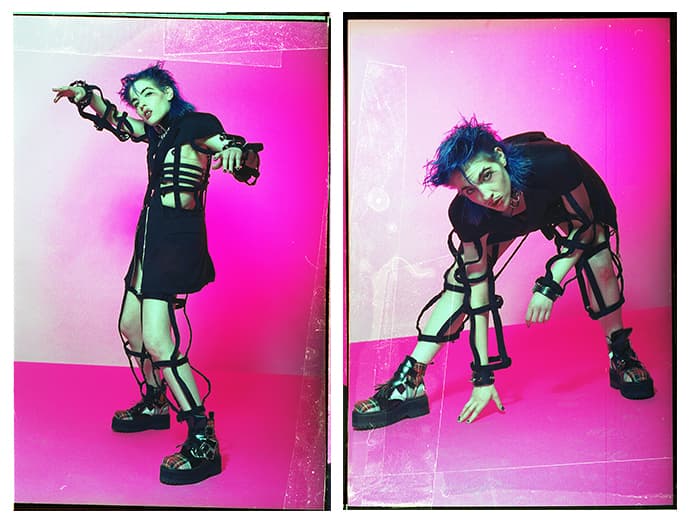
Narrow and hegemonic definitions of masculinity are thrown overboard in favour of a more open-ended, joyful approach to gender. “Man To Man,” one of the singles off the album, asks “are you man enough to soften up?” whereas title track “Flamboyant” reclaims a Liberace-like, masculine extravagance. This approach towards masculinity, reflects the ways that Dorian has learned to disregard binary definitions of gender in their everyday life and self-expression. “For a long time, I didn’t really know how to reconcile certain parts of myself. I like makeup but I also don’t feel very feminine in a lot of ways,” they explain. “When I embraced masculinity for myself, things came together in my self-perception and expression. Then I was able to be like; ‘I’m just a dude putting makeup on” or “I’m just a guy wearing guyliner” — these concepts felt very comforting to me.”
In a world where masculinity has become near-synonymous with “toxic” Flamboyant feels like an important contribution to not just queer pop, but our wider discussions of gender. Dorian’s work points to the fact that if we stopped defining masculinity in opposition to femininity, instead celebrating the ways that the two can naturally intermingle and co-exist, gender would be a much kinder, gentler experience for everyone.
Flamboyant is out now and you can catch Dorian on Instagram, Twitter and Youtube. Watch their latest video “Adam and Steve” below.
